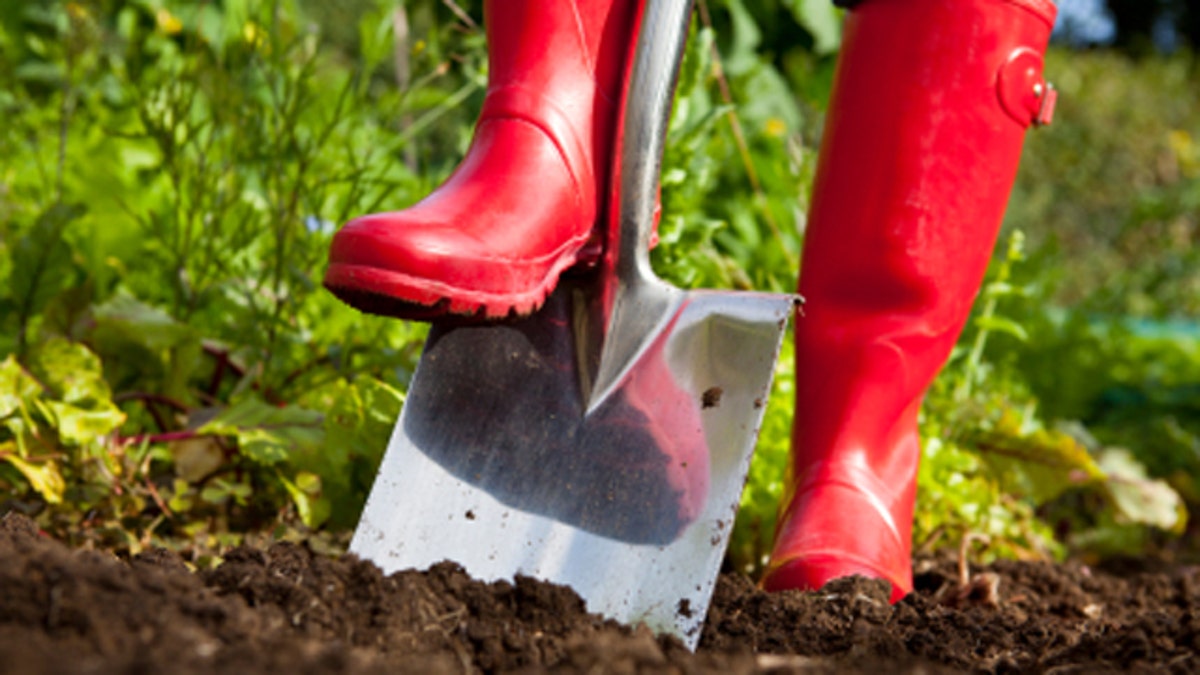
(© Copyright Chris Price 2011)
If your garden could tell you what it needs, these are 7 things it would request.
1. Realistic expectations: Designing your garden to provide year around interest or production of food is a great goal to strive for. However, it is not realistic to think it will have the same look in every season. Spring and summer may offer bountiful blooms but colorful foliage may be the focus in fall, and in winter, bark and berries will be the stars.
2. A plan: Develop a garden design plan or hire a professional designer (or landscape architect) to develop one which you can implement over time. In the long run this will save you time and money and your garden will thank you from sparing it lots of loss, due to the wrong plant being planted in the wrong place. A plan also allows you to think outside the box and to expand your gardening options. Have you considered a green roof as one of your garden options? Meeting with a green roofer is the first step in starting a rooftop garden or a green roof. Fun fact: Did you know that Washington D.C. has the most green roof acreage of any US city? One thinks of politicians rather than green roofers in Washington D.C., but the U.S. General Services Administration promotes green roof technology.
3. A soil test: By testing your soil (contact your local extension service) you can determine the pH (the acidity or alkalinity) as well as nutrient levels and respond accordingly. This information will be useful in determining the best plants for your environment as well as the best fertilizer to use.
4. Soil amendments: While a soil test will tell you about the nutrients (or lack thereof) in your soil, it won't address the physical makeup of your soil. Compaction and poor drainage will lead to the early demise of your plants. Whether you have a large or small garden, amending your soil by adding organic matter is one way to ensure that you are providing your plants with a great foundation. The amount and type of organic matter you use will depend in part on where you live and the availability of materials.
In general adding several inches of organic matter and mixing it into your soil, at least once a year is a good idea. Building healthy soil is an ongoing process. I strive for a soil that is 1/3 clay, 1/3 coarse sand and 1/3 organic matter.
5. Structure: The first plants you add (other than those in containers) should be your trees and shrubs. Before you put in flower beds plant trees and shrubs that will define your garden and help you determine where to plant sun or shade loving perennials. If you incorporate built structures like walls, arbors, fences and gates, choose materials that will relate to the style and architecture of your house. This will help create a garden with a sense of place. Some of my neighbors have hired concrete contractors in our area (Atlanta) to build walls and paths in their gardens. It's an investment with a huge visual impact.
6. Water: Watering new plantings (on average once a week while they become established) is a small investment that will pay off for years to come. If you have water restrictions during periods of drought, water mature trees first as they are much more costly to replace than a flat of annuals.
7. Mulch: Mulch provides a blanket that helps keep moisture in the soil and prevent roots from getting too hot or cold and reduce weed problems. Apply a 1 to 2 inch layer but be sure to keep it away from trunks and stems. This will avoid creating a moist environment that may be conducive to pest or disease problems.
Erica Glasener writes for Networx. Get home & garden advice like this on Networx.com.